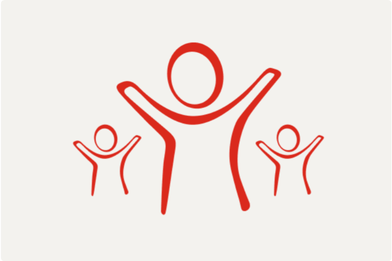What’s going on in Ukraine?
Two weeks ago, the majority of Ukraine’s 7.5 million children woke up to an entirely new reality. Their schools were closed, their playgrounds inaccessible and the sounds of bombs and missiles were the new normal.
During the last fortnight we’ve witnessed images that seemed like a relic of European history. Russia’s military operations in Ukraine has put images of terrified children fleeing the country or dying in the back of ambulances onto the front pages of our newspapers.
As the BBC’s Lyse Doucet poignantly put it; “war is measured not just in troops and tanks, but the tears of terrified children.”
Why are children most vulnerable to explosive weapons
As I write the confirmed number of children killed is thirty-seven. Thirty-seven lives cut so brutally and unnecessarily short. This number is almost certainly a huge underestimate. The UN has verified that most of these casualties were caused by explosive weapons.
Explosive weapons are designed to destroy military targets, to pierce the thick armour of tanks; imagine what they do to the bodies of small children.
Children under two have thinner skin than older children and adults. They are more likely to suffer severe burns with resultant rapid loss of heat, fluid, and protein. Which can be deadly and impact a child much more than an adult.
There are many unique characteristics and vulnerabilities that make children more susceptible to blast wound injuries than adults. Current data reveals that 80% of children injured by blasts have experienced penetrating injuries to the head. By comparison, only 31% of adult blast patients experienced the same injury.
A study published by the Lancet found that in Syria children were seven times more likely to die from blast injuries than adults involved in the fighting.
How are we helping?
Treating children who have suffered from blast injury is a huge challenge for all medical staff —from first responders, surgeons, and physiotherapists to medical researchers, humanitarians, and policy makers.
Save the Children are proud to partner with Imperial College London to better support children who’ve been injured in conflict. Together we’ve developed a practical field manual which we are distributing to first responders, doctors and surgeons and those providing aftercare for children in the most dangerous places in the world.
Originally produced for medics in Syria the manual is now used in over thirteen conflict zones in five languages. We’re urgently having it translated into Russian and Ukrainian.
This manual is a comprehensive guide for local medical teams who are often forced to operate on and treat children in difficult circumstances with limited specialist training.
It provides evidence-based practices to help medical staff look after children right from the point of injury through to rehabilitation.
How can you help?
Children in the East of Ukraine have already lived through eight years of conflict and now, as air strikes devastate homes, hospitals and schools, children across the country are on the frontline of the war. Right now, they face ever-present danger – of being killed, injured or suffering severe emotional distress.
It is for these reasons that Save the Children is calling for an immediate end to violence in Ukraine as the conflict intensifies across major cities.
You can help by signing and sharing our petition and asking the UK Government to stand with Ukraine’s children.
Or by donating to our Ukraine Humanitarian DEC appeal to help us support children across Ukraine and in neighbouring countries whose lives have been devastated by war.
Learn more about Imperial College London and Save the Children UK's Paediatric Blast Injury Partnership in this video:






